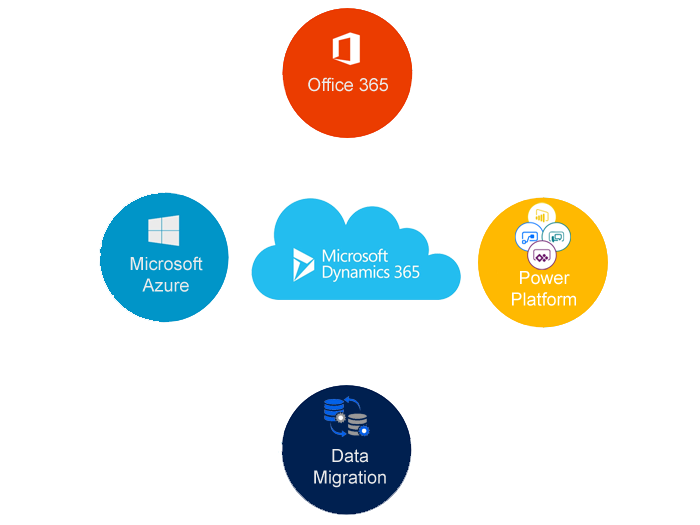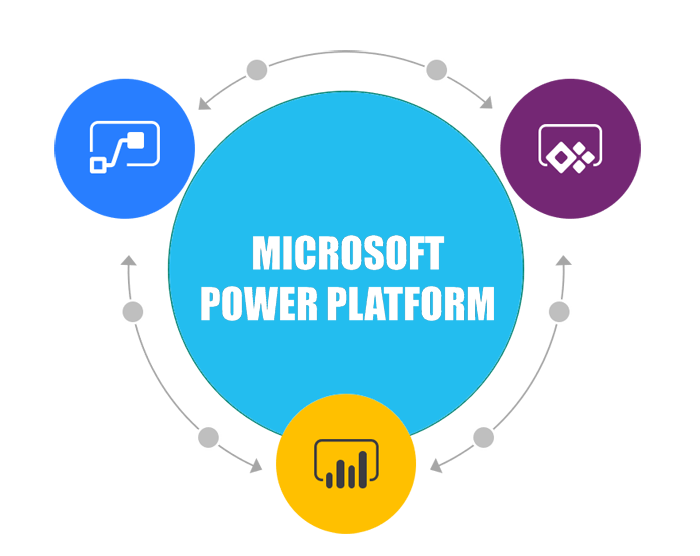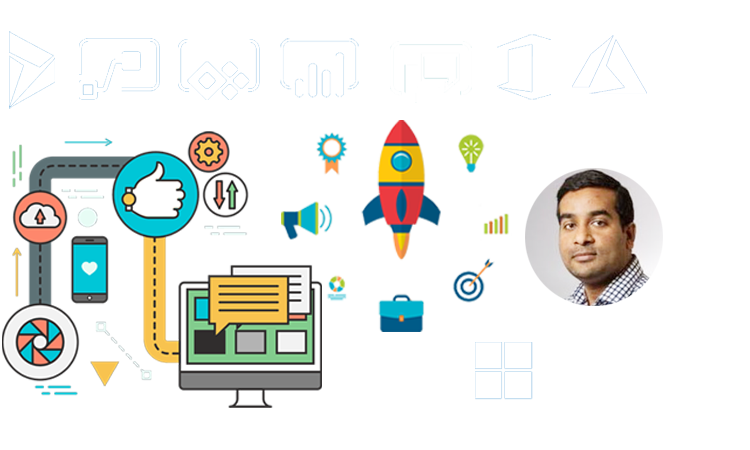Hello Everyone,
Today i am going to show how to install Power Platform Pipeline in Power Platform for Managed Environments.
Lets gets started.
There are some prerequisites:
- Microsoft recommends four Power Platform environments like dev, uat, pre prod, production.
- But can be implemented with atleast 3 environments to create the power platform pipeline.
- Must have Dataverse Database.
- Microsoft Dataverse for teams isn’t supported currently by Microsoft.
- Should have Power Platform Administrator, or Dataverse system Administrator role.
- All environments including dev and production used in the Pipeline should be enabled as managed environment.
In Microsoft terminology they recommend as
Host environment – Production
Dev Environment – Development Environment
Target Environment – UAT, Integration Testing, Production.
In a nutshell: Each environment should have unique name for environments.
So install the Pipeline application in the Host environment(Production).
Open the Production environment and click on the “Resources” and enlarge it and click on the “Dynamics 365 Apps”
Refer to below screen shot.
Then a list of Dynamics 365 Apps displayed on the screen and look for Power Platform Pipeline, click on the “…” and click install.
New pop up will appear on the righthand side of the screen.
choose the “Environment” and agree terms and conditions. Click Install.
Installation started, refer to the above screen.
Then copy all environments id’s which are participating the Power Platform Pipeline.
Then check the Deployment pipeline in the environment you have enabeld the Pipeline.
List of Power Apps will be displayed.
Open the “Deployment Pipepline Configuration” App from the Apps – Dynamics 365
Similarly create environment record for the target environment
Create a new deployment pipeline:
Additionally when we install Pipeline for the environment, new security roles created and users who are going to administration needs to have these roles assigned.
1. Deployment Pipeline Administrator
2. Deployment Pipeline User
Assign “Deployment Pipeline User” role to Power Apps makers, it doesn’t allow to create, edit, delete pipelines
Read previlege will be sufficient for makers on Pipeline record.
Makers must also have previlege to export solutions from source development environments, as well as privileges to import solutions to the target test and production environments for which the pipeline deploy to. By default system customizer and environment maker roles have these privileges.
You can also share with pipeline administrators, they should have access to all the environments with in the pipeline.
Finally we can manage all in one place and monitor deployments.
I hope this helps
Malla Reddy(@UK365GUY)


































